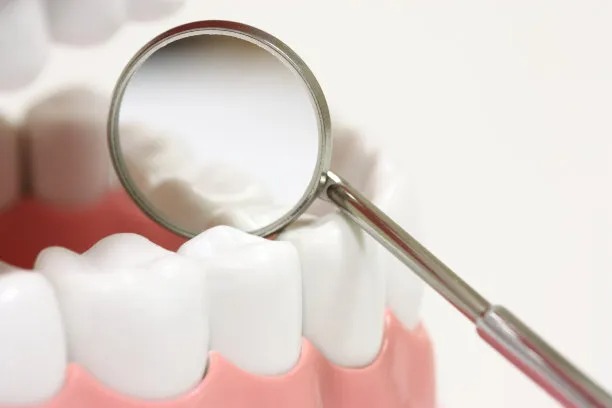Revolutionizing Oral Health The Science Behind Dental Implant Treatment
Summary: Revolutionizing Oral Health: The Science Behind Dental Implant Treatment explores the groundbreaking advancements in dental implant technology and how it has transformed oral health care. From the evolution of implant materials to the precision of digital planning, this article delves into the innovative techniques that have revolutionized the field of dentistry.
1. Evolution of Dental Implants

Dental implants have come a long way since their inception, with early civilizations using materials like shells and animal teeth. Today, biocompatible materials such as titanium are utilized for their durability and compatibility with the human body.
The development of osseointegration, where the implant fuses with the jawbone, has significantly improved the success rates of implant surgeries.
Advancements in 3D imaging and CAD/CAM technology have revolutionized the planning and placement of dental implants, leading to more accurate and predictable outcomes.
2. Enhanced Treatment Techniques
The advent of digital dentistry has enabled clinicians to perform virtual implant surgeries, allowing for meticulous planning and customization of treatment for each patient.
Guided implant surgery techniques utilize computer-guided systems to ensure precise placement of implants, reducing the risk of complications and improving overall success rates.
Immediate loading protocols have enabled patients to receive functional teeth on the same day as implant placement, providing a more efficient and convenient treatment option.
3. Aesthetic Advancements
The use of CAD/CAM technology and digital smile design software has allowed for the creation of natural-looking implant restorations that blend seamlessly with the patients existing dentition.
Customized prosthetic components, such as zirconia crowns and abutments, offer superior aesthetics and strength compared to traditional materials.
The ability to sculpt and shape soft tissue around implants has enhanced the overall aesthetic outcome of treatment, creating harmonious and natural-looking smiles.
4. Future Trends in Implant Dentistry
Biometric implants, which incorporate sensors for monitoring oral health parameters, represent the future of implant dentistry by enabling real-time data collection and analysis.
Advancements in regenerative medicine are paving the way for tissue engineering techniques that could potentially regenerate bone and soft tissue around dental implants, improving long-term implant success rates.
The integration of artificial intelligence and machine learning algorithms into implant planning software is set to revolutionize treatment protocols by offering personalized treatment recommendations based on individual patient data.
Summary:
Revolutionizing Oral Health: The Science Behind Dental Implant Treatment highlights the transformative impact of innovative technologies and techniques in the field of implant dentistry. From the evolution of materials to the future integration of AI, the pursuit of excellence in oral health care continues to drive progress and revolutionize patient outcomes.
This article is compiled by Vickong Dental and the content is for reference only



